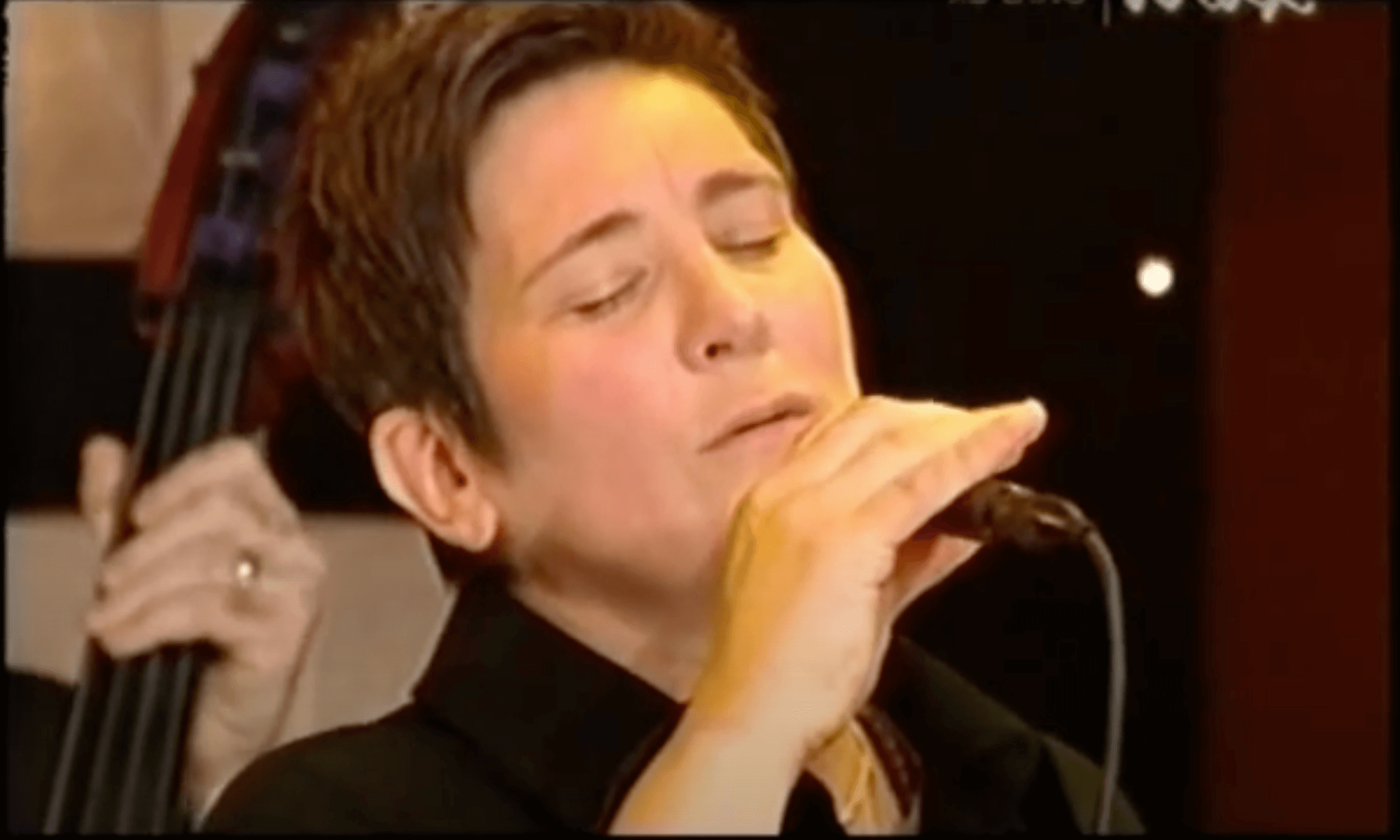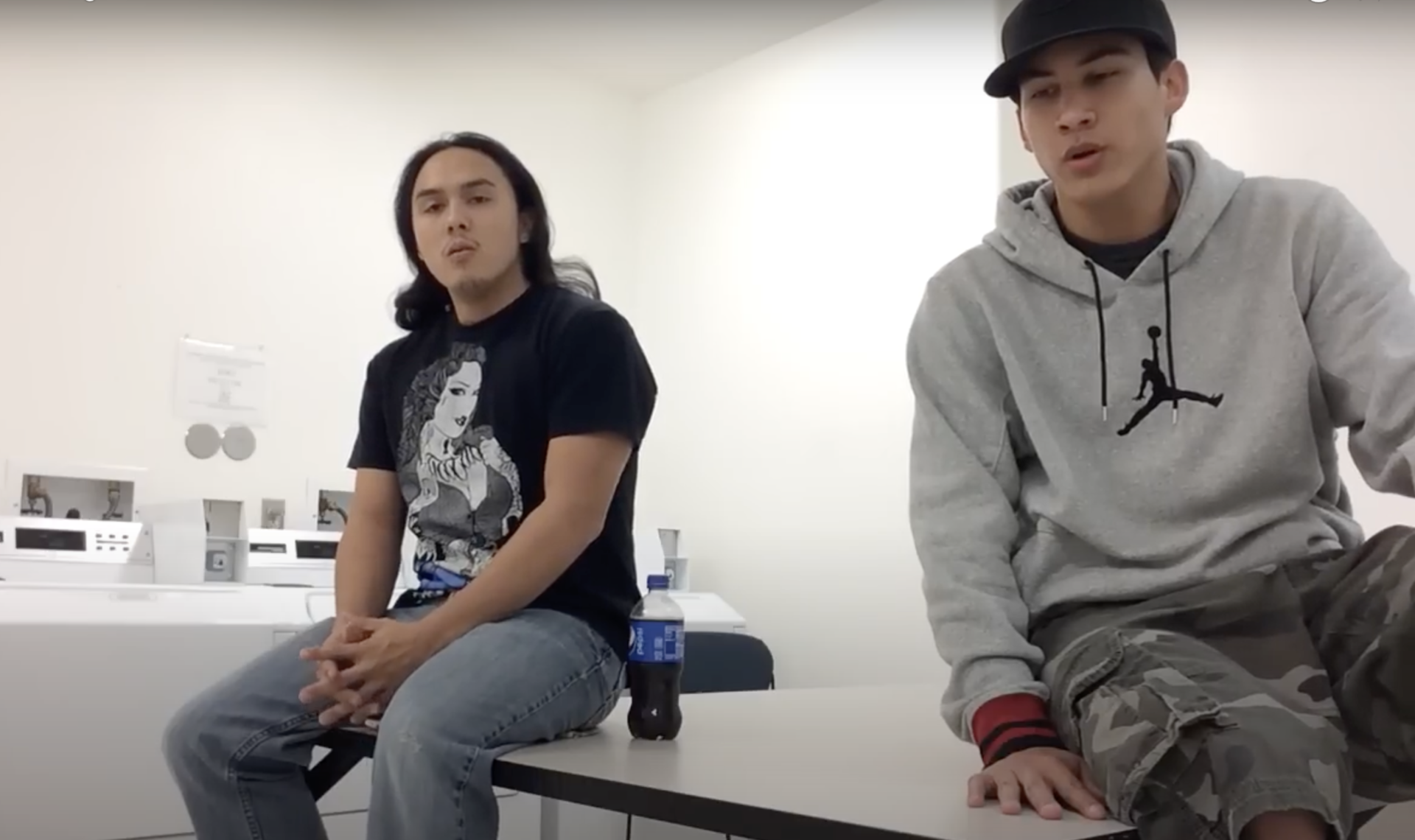A friend of mine recommended a new book on music as medicine called I Heard There Was a Secret Chord — which is a line from the iconic song “Hallelujah.” Daniel J. Levitin, neuroscientist and musician, explores the curative powers of music and its effects on the brain.
I’d be surprised if you’ve never heard the Leonard Cohen tune since countless versions have been recorded. My favorite is still this rendition by KD Lang, performed before the song gained huge popularity:
Did you hear the chord progression spoken of in the lyrics? It goes like this, the fourth, the fifth / The minor falls, the major lifts… Perhaps this sequence impacts us in wordless ways.
Cohen once said this about the meaning of “Hallelujah”:
This world is full of conflicts…,but there are moments when we can transcend the dualistic system and reconcile and embrace the whole mess and that’s what I mean by Hallelujah. That regardless of what the impossibility of the situation is, there is a moment when you open your mouth and you throw open your arms and you embrace the thing and you just say ‘Hallelujah! Blessed is the name.’ And you can’t reconcile it in any other way except in that position of total surrender, total affirmation.
Levitin celebrates the secret chord in his own way. He’s spent decades in neurological research, compiling studies to show how trauma, movement disorders, anxiety, depression, and Alzheimer’s have been improved by music. He helped Joni Mitchell recover from her brain aneurysm in 2015 by suggesting her nurses play a CD of her favorite artists, one that Joni compiled years earlier for Starbucks “Artists Choice” series.
Whether a secret chord brings healing through science or reconciliation through surrender, the result is the same.
The question is, what’s yours? In your own way, you can discover your secret chord.
That is living as music.
**************************************
Feel free to share with friends and colleagues who may appreciate this post. 🎶
Subscribe here for Living As Music
Find Your Rhythm. Harmonize with your heart.



